
- Shimano SLX hollow-forged 1x11-speed drivetrain
- WTB tyres with sorted rubber compounds and tread patterns
- Powerful, consistent SLX hydraulic disc brakes
- Geometry could be even slacker and lower
- There's little to complain about for this money.
- Paint job and frame finish isn't amazing
Vitus is one of a handful of direct sales brands pushing the boundaries of value for money in mountain bike complete builds. This ready-for-anything Sentier 29 VR is touted as its aggressive trail hardtail, and with modern 1x11-speed drivetrain and on-the-money components for the cash, it's essentially the bigger wheeled version of the firm's popular Sentier VRS 27.5 bike.
- Want to know more about all the types of mountain bike? Try our buyer's guide
- Want to spend a bit less? Our Whyte 605 review might be of interest
- Need new rubber? Check out our buyer's guide to mountain bike tyres
The relatively skinny frame uses triple-butted T6 aluminium tubing to save weight and improve ride feel and an oversized 142mm wide, 12mm rear axle for increased stiffness and security. The seat tube junction is beefed up with a reinforcing gusset and the rear stays use different tubing profiles and ovalised shapes to tune outright stiffness against compliance and comfort. Vitus have factored in the ability to adjust bar height and cockpit position across a broader range by offering shorter headtubes and the bar and stem combination is thankfully from the new-school of mountain biking with an own-brand 740mm wide bar and short-ish 50mm forged stem.
The Sentier has better standover clearance than plenty other 29-er frames as well as a very low bottom bracket height that helps reduce rider centre of gravity and improve cornering. This frame puts the top-quality, hollow-forged SLX cranks so low in fact that the crank axle sits a significant 61.5mm below the wheel axles. The alloy frame is ported for an internally routed dropper seatpost, although for the £900 asking price, Vitus doesn't manage to squeeze one onto the specification. That doesn't mean the rest of the component package isn't pretty sorted though; a 130mm travel RockShox Sektor fork with secure, bolt-thru 15mm axle, Shimano SLX brakes and complete 1x SLX drivetrain with wide range rear cassette and chain stabilising Shadow+ clutch rear mech are about as good as it gets for this price.
The Vigilante/Trail Boss WTB tyre combination is well thought out too, with a wider front tyre with softer (High Grip) rubber compound for extra cornering bite and security across slippy roots and mud, and a more durable, thinner rear tyre for better wear life and durability. The tyres are mounted to a Novatec-hubbed wheelset that uses the WTB's STP i23 TCS rims - the '23' part denoting the internal width of the rims in mm - pretty much as far as you'll find any sub-£1,000 hardtail venture into the current trend for broader, tyre-stability-improving wide rim profiles. The TCS part in the name means the WTB rims are tubeless ready too, and it's nice to have the option to replace the standard innertubes with some tyre sealant and valve stems if you're going to be pushing the Sentier to its limits, especially considering how hardtails don't have any rear suspension to help cushion the rear tyre from impact damage and pinch flat punctures. The wheels roll pretty well and WTB rims have proven pretty resistant to dings and flat spots over the last few seasons.
In terms of chassis shape and ride position, the Vitus is relatively modern, although not quite at the bleeding edge of the super-slack, long and stable hardtails pushed by some brands. That said, you'll typically have to pay a few hundred quid more to buy into that hardtail-with-enduro-bike-geometry game. The Sentier offers a top tube length and reach (basically the distance from your hands to your feet) that's roomy enough in the larger two sizes, but the 607mm reach figure in the 44cm frame size, recommended for riders up to 5' 11" (that includes me), is about 30mm shorter than any frame size I've chosen in the last five years or so.
What the Sentier offers is it's one of the few bikes around with geometry and parts (like properly grippy tyres) that allow you to get a serious move on in terrain normally the domain of pricier full suspension rigs. It's easy to sling a leg over and get cracking on it straight away and, if you're an aggressive BMX-y or downhill type on a budget, the Sentier's the closest you'll get to fulfilling the wish to get rowdy on rough trails without doing yourself some damage.
The bigger wheeled Sentier actually has slightly toned down length and slackness compared to the 27.5in version, but that 6cm+ difference in height between where your feet sit when the cranks are level and the wheel bearings makes a world of difference on the trail and really perches you in the machine. There's a real seat-of-the-pants feel cutting through turns and berms, and with feet that low there's enough stability that rough and slippery sections never mess upset your balance or confidence too much.
The stiff and solid Shimano SLX cranks really put the power down well, and there's minimal flex even if you've got big feet on wide flat pedals, so sprinting and climbing is pretty efficient. The frame feels less bone shaking than plenty other hardtails across lumps and bumps too - presumably a combination of bigger wheels with wide-ish tyres and that tube profiling mentioned earlier. It doesn't hurt that the handle bar doesn't feel rock hard either, which isn't always the case on cheaper bikes, and combined with the RockShox Sektor fork that moves up and down with rapid reactions to hits of all shapes and sizes hands get a pretty smooth deal even over fairly harsh roots and stones. The oversized axles at both ends mean steering response Frame rigidity is well sufficient when leaning or jumping though, so the Sentier never feels too twisty or soft.
Overall the Sentier 29 VR is well dialled, easy to adapt to, and the parts are the best you can reasonably expect at this level. Advanced riders might notice it’s not quite got the flat out confidence, jump-ability and DH-capacity of a pricier full-suspension bike if looking at the Sentier for ‘second’ or winter bike duties. Realistically though, these customers will need one of the longer, slacker hardtails some brands offer, and it’ll likely cost them a chunk more cash. For everyone else, the top-value Sentier hits a pretty sweet balance between the ability to get about efficiently and still be able to hit up some more advanced trails if you fancy your chances.
About the bike
State the frame material and method of construction. List the components used to build up the bike.:
Triple Butted T6 6061 Aluminium
RockShox Sektor Silver RL fork
Shimano SLX FC M-7000 chainset
Shimano SLX SL M-7000 Rapid Fire Plus 11-speed shifter
Shimano SLX Shadowplus RD M-7000 rear mech
Shimano SLX CS-M7000 11-42T cassette 11-speed
KMC X11 chain
WTB STP i23 TCS rims
Novatec D811/D882 hubs 100x15mm F, 142x12mm R
Stainless DB spokes
WTB Vigilante Comp front tyre 29x2.3in High Grip
WTB Trail Boss rear tyre 29x2.25in
Shimano SLX M7000 brakes 180mm F & 160mm R rotor
FSA Orbit 1.5 ZS headset
Vitus 3D forged stem 50mm reach
Vitus 6061 double butted bar 740mm wide
Vitus alloy 6061 seat post
Vitus saddle






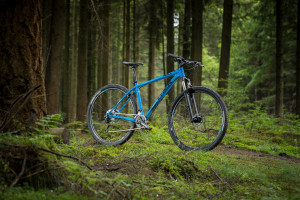
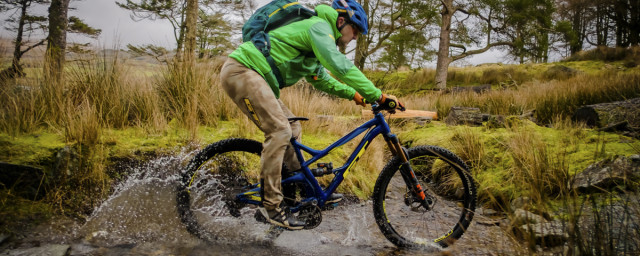


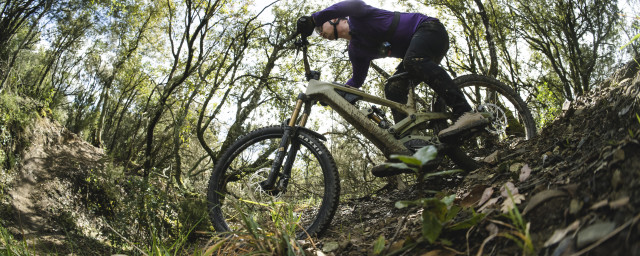
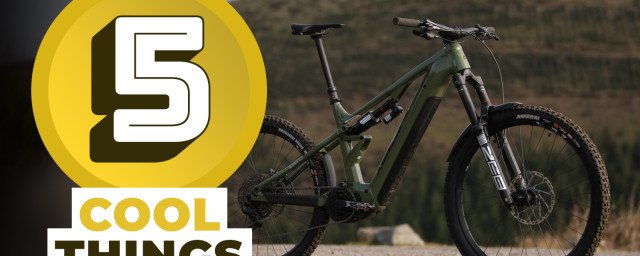
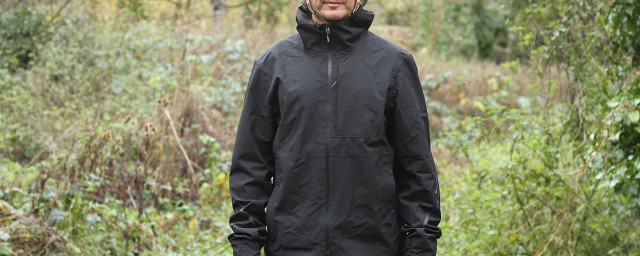
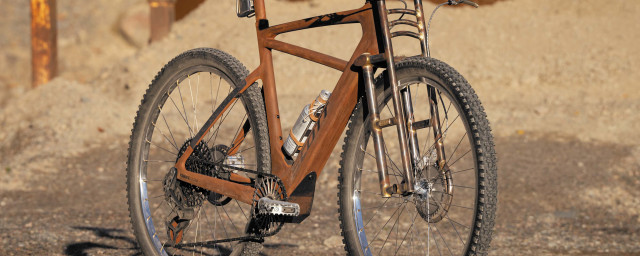
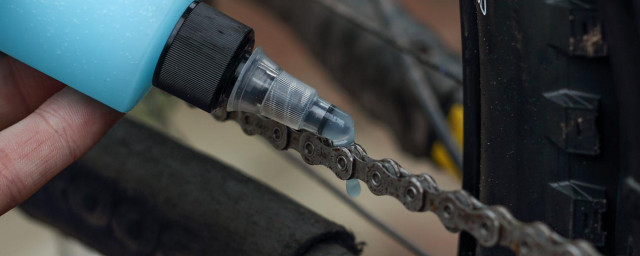
Add comment